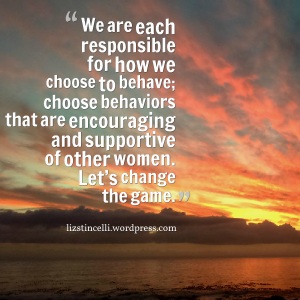 “You bring a little bit of yourself into every character you play. We’re multifaceted creatures.” —Linden Ashby
“You bring a little bit of yourself into every character you play. We’re multifaceted creatures.” —Linden Ashby
The most beneficial connections are not built using shallow, superficial tactics. To develop strong connections you must use a multifaceted approach. This means you must bring ALL of who you are to the table. As Linden Ashby said in the above quote, you are a multifaceted creature. Why not use a multifaceted approach to building better connections?
Your past
Your level of connection can be deepened by your past. What experiences have you had? What lessons have you learned? We connect better when we can see the human side of others. Your past offers a window into who you are and where you come from.
Your present
Where are you presently in your journey? What do you do? Who do you know? Your present plays a huge role in your ability to connect and find commonality with others; it allows for mutually beneficial interactions.
Your dreams for the future
What about tomorrow? Where do you want to be and what do you want to do? Sharing your dreams for the future shows hope and inspiration. People want to surround themselves with others who are striving to achieve worthwhile goals.
Personal
You must connect with others on a personal level. Who are you? Not the persona that you portray, not the mask that you wear; who are you when no one is watching? This is the personal you who people want to get to know and connect with.
Professional
You must connect with others on a professional level. What do you do? The professional you is the you that has something to offer that will benefit the business life of others. You have connections, experience, and advice that others can gain from.
Community
You are part of a community but, is it the right community? Where do you belong? Who else belongs there with you? None of us succeed alone. We need a community where there is mutual support and encouragement. We need to surround ourselves with others who challenge us and who are striving to continually improve themselves.
Connect on Many Levels
When you connect on many levels you increase the likelihood that you will find common experiences, interests, and goals with others. These commonalities allow for a deeper, more meaningful connection. Your past, your present, and your dreams for the future all contribute to who you are. You must bring all of you, both the personal and professional you. You need to become part of a community where you can connect with others who share something of value with you and you with them. You are a multifaceted creature; start using ALL of you to build better connections.
© 2016 Elizabeth Stincelli
Liz Stincelli is passionate about recognizing and inspiring the leader in each of us. She is the Founder of Stincelli Advisors where she focuses on helping organizations change attitudes, change communication dynamics, improve collaboration and problem-solving, engage employees, and strengthen organizational culture. Liz holds a Doctor of Management degree with an emphasis on organizational leadership.
Learn more about Liz by visiting her website, stincelliadvisors.com or engagenow.me and connect with her on Twitter @infinitestin, Google+, and LinkedIn. You can contact her by email at stincelliadvisors@gmail.com.









